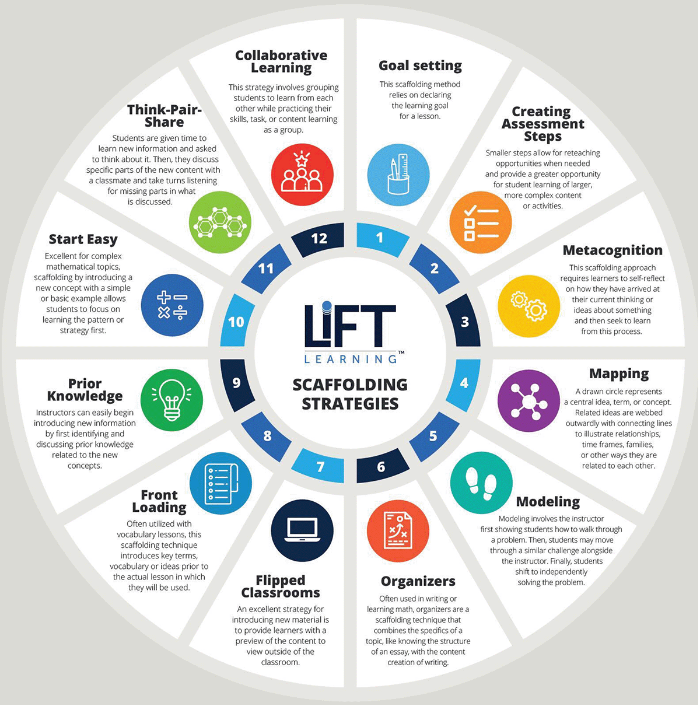The Power of Plants to Disrupt Cancer Cell Reproduction

I explored customizations for the activity “What makes a good cancer medicine? Observing mitosis and cell processes.” The activity targets grades 9 – 12 and suggests a time commitment of 4-5 hours. It is anchored in a medical research scenario, examining plant medicines that disrupt cancer cell reproduction; it addresses cellular biology concepts of cell structure and mitotic cell reproduction. My customizations focused on revealing student preconceptions and increasing opportunities for scaffolds, collaborative learning, cognitive recall techniques, and assessment feedback.

At the onset of the activity, I added some orientation components. I added a generative prompt of what it means to be a scientist to see what student perspectives are around knowledge, skills, and attitudes. Sharing anonymous responses can segue into a class-wide discussion to introduce students to the importance of interdisciplinary perspectives and the five-step inquiry-based problem-solving framework (Kim & Hannafin, 2010, as cited by Kim & Hannafin, 2011) that the activity follows. This approach allows students to better recognize, understand, and apply the process. Also, the class discussion provides an opportunity to present and explain the “add to notebook” expectations and its purpose as a means of progress monitoring and formative/summative assessment.

I adjusted several tasks to help focus, support, and engage learners around the learning goals, which includes specialized cell terminology and processes. I replaced a silent video on mitotic cell division with one that includes audio and text to introduce students to new vocabulary and proper pronunciation. The updated video also includes an added learning strategy using the acronym IMPAT-C to sequence the different mitotic stages. In addition to having students draw the predicated rate of growth for cancer cells relative to the rate of growth for normal cells, I added a prompt for them to explain how their graph demonstrates the importance of early cancer detection.
Given that working with the WISE program technology would be a new experience for my learners, I intend to preview and model the WISE activity for learners, thus showcasing the common layout and how to navigate through specific steps. In my exploration with the activity categorizing the mitotic stages, I found the stamp tool awkward to use; thus, modeling this tool with upfront support may reduce learner frustration. In addition to providing teacher support with technology, pairing students and endorsing a practice of asking other learner pairs for technology help first, before the teacher, promotes collaborative learning.
Finally, upon conclusion of the primary lesson, I inserted extensions to explore based on their personal interests, thus encouraging further independent learning. Topics include strategies to prevent cancer, cancer symptoms, pet therapy with cancer patients, and a general knowledge cancer quiz.
References
Linn, M., Clark, D., & Slotta, J. (2003). Wise design for knowledge integration. Science Education, 87(4), 517-538.
Slotta, J. D., & Linn, M. C. (2009). WISE Science: Web-based Inquiry in the Classroom. Technology, Education–Connections. Teachers College Press.
Kim, M. C., & Hannafin, M. J. (2011). Scaffolding problem solving in technology-enhanced learning environments (TELEs): Bridging research and theory with practice. Computers & Education, 56(2), 403-417.
